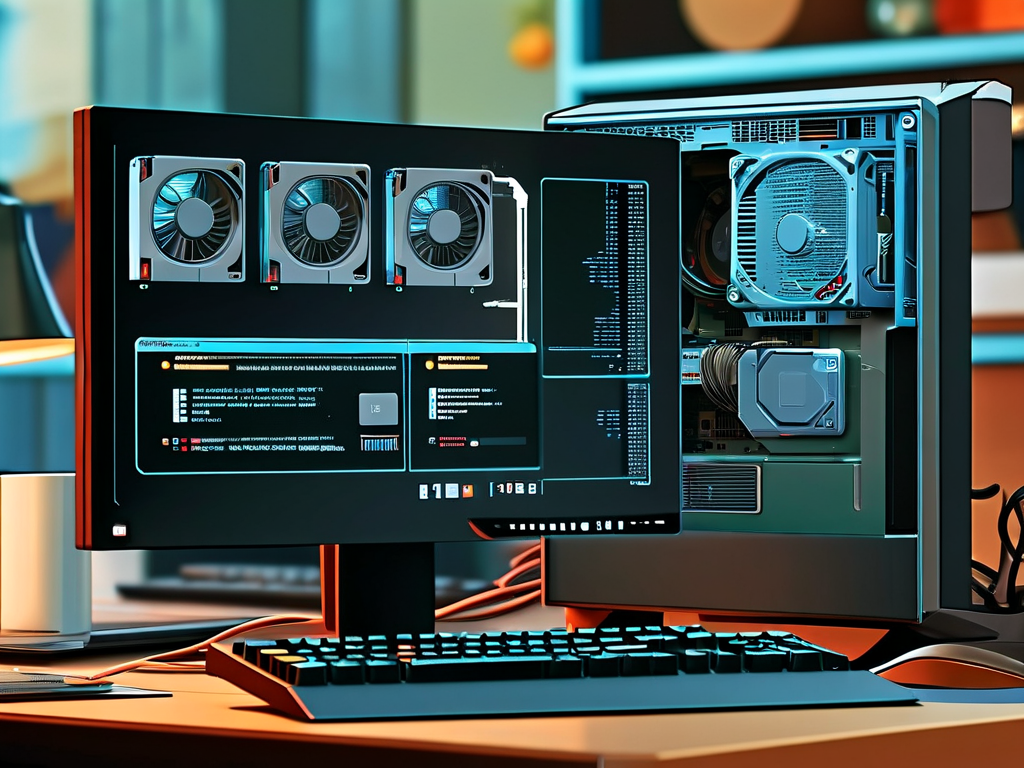Maintaining a computer’s performance requires regular attention to memory management, yet many users overlook this critical aspect of system maintenance. Over time, accumulated temporary files, background processes, and fragmented data can degrade a computer’s responsiveness. This article explores practical strategies for daily memory cleanup, ensuring your machine operates at peak efficiency.

Understanding Memory Clutter
Random Access Memory (RAM) serves as a temporary workspace for active applications, but inefficient memory allocation can lead to sluggish performance. When RAM becomes overloaded, systems resort to using virtual memory (pagefile.sys on Windows or swapfile on macOS), which relies on slower storage drives. Daily memory cleanup prevents this reliance on secondary storage, reducing latency and improving overall speed.
Manual Cleanup Techniques
-
Task Manager/Activity Monitor Utilization
Both Windows Task Manager (Ctrl+Shift+Esc) and macOS Activity Monitor (Cmd+Space > "Activity Monitor") provide real-time insights into memory usage. Identify resource-heavy processes like web browsers with multiple tabs or background updaters. For example, a Chrome tab running JavaScript animations might consume 300-500MB RAM. Right-click non-essential processes and select "End Task" to free up memory. -
Startup Program Management
Many applications auto-launch during system startup, consuming memory before you even begin working. In Windows, use the Startup tab in Task Manager to disable unnecessary apps. On macOS, navigate to System Preferences > Users & Groups > Login Items. For instance, disabling a cloud storage app’s auto-sync feature can save 150-200MB of RAM at boot.
Automated Tools for Efficiency
Advanced users often employ script-based solutions. A simple Windows batch file can clear standby memory:
echo off echo Clearing system cache... rundll32.exe advapi32.dll,ProcessIdleTasks
For macOS, terminal commands like sudo purge (after disabling System Integrity Protection) force-release inactive memory. However, third-party tools like CCleaner or Memory Clean 2 offer user-friendly interfaces for casual users. These applications automate cache clearance and memory defragmentation, typically reclaiming 10-15% of occupied RAM.
Browser-Specific Optimization
Modern web browsers represent significant memory consumers. Implement these practices:
- Use built-in task managers (Chrome: Shift+Esc) to identify memory-hungry extensions
- Limit open tabs using session management plugins like OneTab
- Adjust content settings to block auto-play videos and heavy advertisements
The Balancing Act
While aggressive memory cleanup improves performance, over-optimization can backfire. Critical system processes like antivirus scanners or input/output operations require dedicated memory. Avoid tools that promise "instant RAM boosters"—abruptly terminating essential services may cause system instability. Instead, focus on maintaining 15-20% free RAM during normal operation.
Hardware Considerations
Software cleanup has limits. Machines with 4GB RAM running Windows 10 or modern macOS versions will inevitably struggle with memory-intensive tasks like video editing. In such cases, hardware upgrades become necessary. For DDR4 systems, adding an 8GB RAM module (approximately $25-$40) can triple available memory capacity.
Creating Maintenance Routines
Establish daily and weekly habits:
- Reboot systems every 72 hours to clear residual memory
- Schedule full scans using built-in utilities like Windows Memory Diagnostic (Win+R > "mdsched")
- Monitor memory trends using performance widgets to identify leaky applications
By integrating these software strategies with hardware awareness, users can significantly extend their computer’s operational lifespan. Consistent memory management not only enhances daily productivity but also delays costly hardware upgrades, making it a vital skill in our increasingly digital-dependent world.


